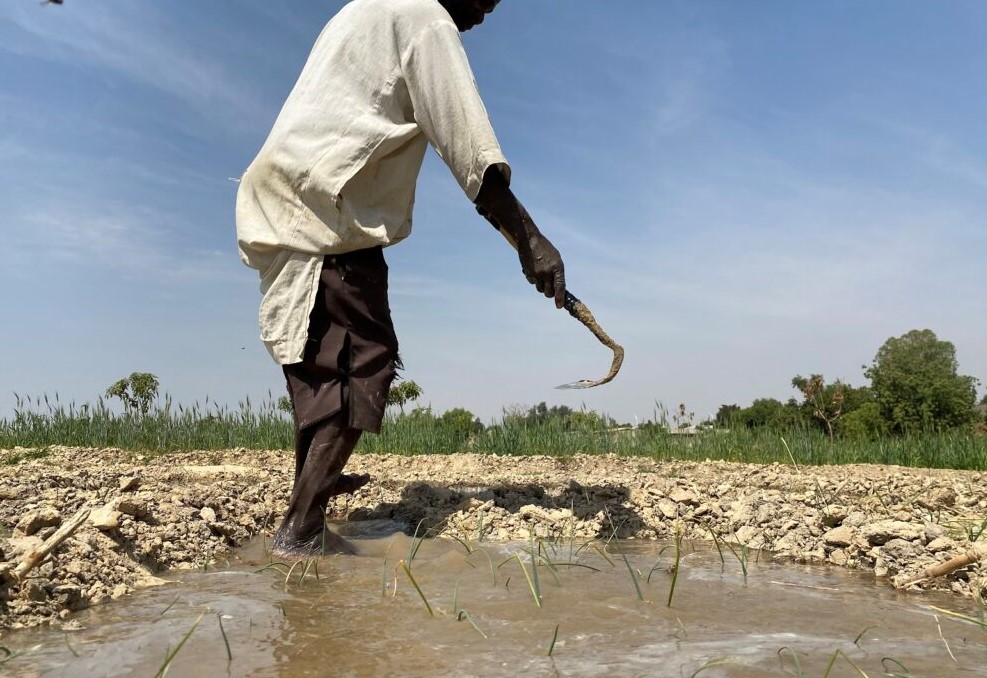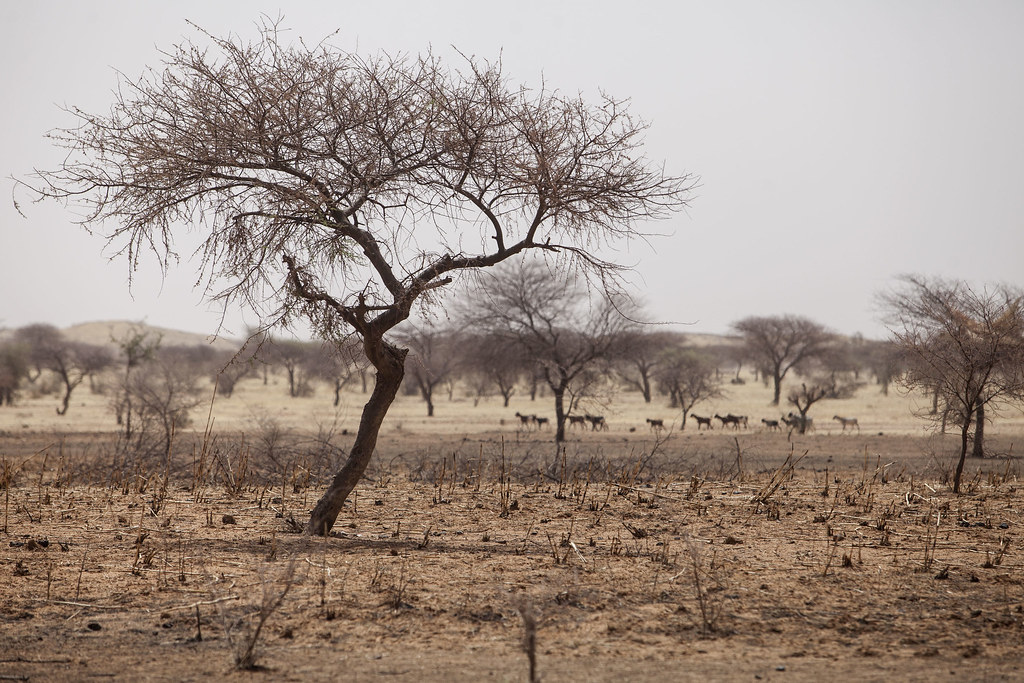THE CLIMATE CHANGE PROBLEM
Yobe is already experiencing climate variability in the form of increased temperatures, rainfall variability and intensity, droughts, floods, and heatwaves. Most of the northern states face increasing aridity while others are exposed to seasonal riverine flooding. From 1941 to 2000, the temperature in the country has increased from 1.4 to 1.9 °C. The annual rainfall has also decreased from 1941 to 2000 by 2-8 mm across most of the country but increased by 2-4 mm in a few places. Extreme precipitation events causing flooding have probably increased.
Looking to the future, the mean annual temperature is projected to increase between 1.1° C and 2.5° C by the 2060s and 1.4° C and 4.6° C by the 2090s. Projections indicate that warming will be greater in Yobe State (based on the CMIP5, RCP 8.5, Ensemble). Annual precipitation will decrease by -3.52 mm (-308.01 mm to 354.90 mm) in 2040-2059 (RCP 8.5, Ensemble). However, in northern Nigeria, the Sahel and Sudan savannas could experience an increase of 29% to 45.8%
and 9% to 14.2%, respectively. Regional Climate Models indicate an increase in the number of days with extreme rainfall in May and July over West Africa.


As a result, the dryland belts of Yobe are expected to shift southward, hastening desertification. Rainfall variability and extreme weather events, both flooding and droughts, can be expected to bring increasing pressure on vulnerable communities who will often be forced to more intensively exploit the natural resources they depend on, promoting a cycle of further land degradation.
Resource shortages, climate change, violent conflict, outdated agricultural systems not adapted to changing dryland conditions, lack of access to finance, weak value chain linkages, uncompetitive environment for agribusiness, and poor market access are key barriers to increased agricultural productivity in Yobe State
Most smallholder farmers in Yobe lack the capacity to increase food production or exploit natural resources, without degrading the land. The pursuit of higher yields in a fragile arid landscape fosters the adoption of unsustainable agricultural practices such as cropland expansion, intensive cultivation, overgrazing, cultivation of marginal land, deforestation, bush burning, poor and inefficient irrigation practices, inappropriate use of inputs, shortening and often elimination of fallow period resulting in continuous cropping with little or no necessary inputs.
The abandonment of traditional land uses such as fallowing has led to the reduction of semi-natural habitats of high conservation value and the disappearance of associated local knowledge and practices. Agricultural intensification, bush burning, climate change impacts and deforestation in drylands have also led to loss of biodiversity and soil fertility as well as loss of the soil’s carbon sequestration capacity.
